Home>Furniture & Design>Interior Design Trends>Learning How To Sew Home Decor Items
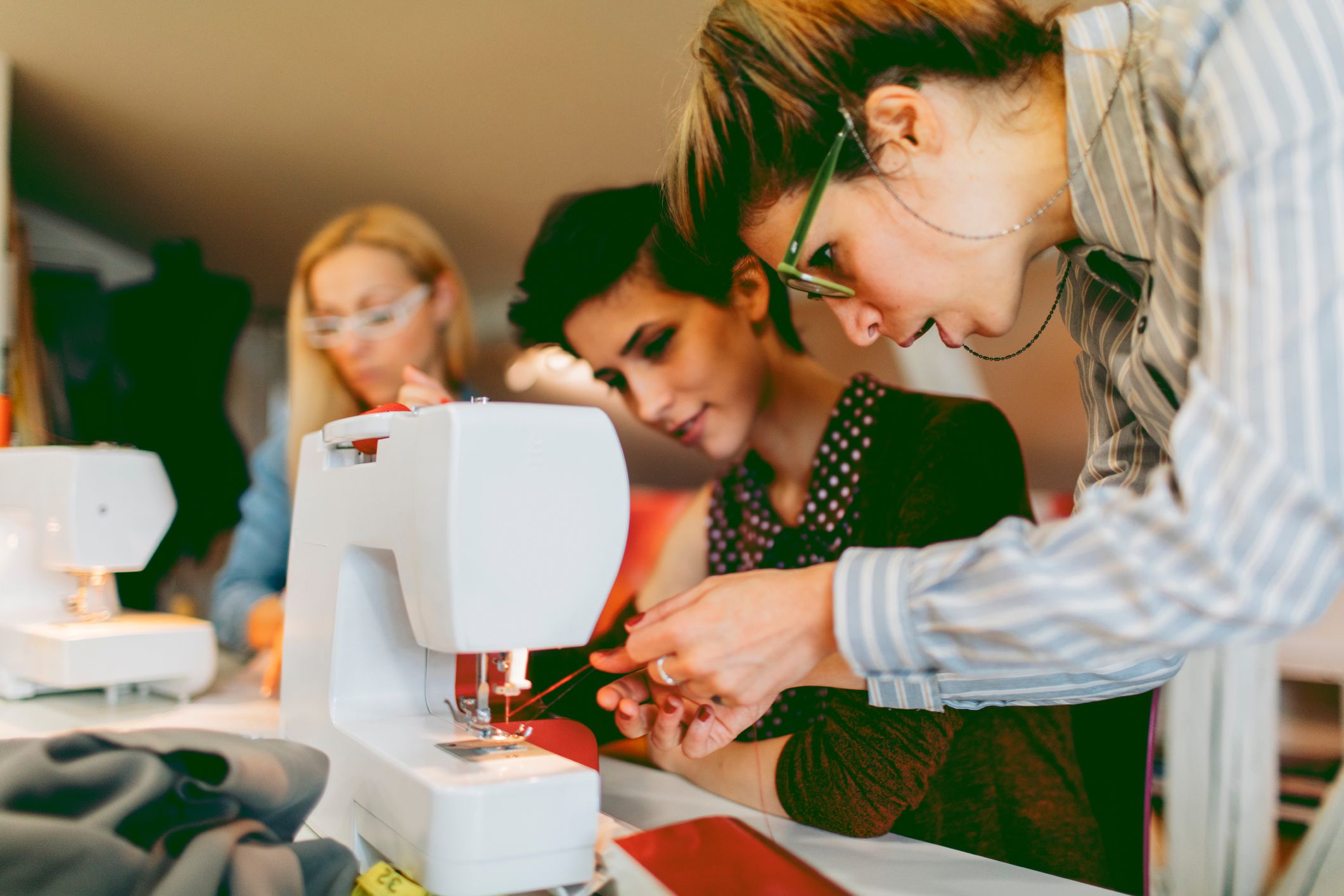

Interior Design Trends
Learning How To Sew Home Decor Items
Modified: January 9, 2024
Learn how to sew home decor items and stay updated with the latest interior design trends. Enhance your space with unique and personalized creations. Discover the art of sewing for interior design today!
(Many of the links in this article redirect to a specific reviewed product. Your purchase of these products through affiliate links helps to generate commission for Storables.com, at no extra cost. Learn more)
Introduction
Sewing your own home decor items can be an immensely rewarding and fulfilling endeavor. Not only does it allow you to infuse your personal style and creativity into your living space, but it also provides a sense of accomplishment and pride in crafting items that are both functional and aesthetically pleasing. Whether you are a seasoned sewing enthusiast or a novice looking to embark on a new creative journey, learning to sew home decor items can open up a world of possibilities for beautifying your home.
In today's fast-paced world, the art of sewing has experienced a resurgence in popularity as more individuals seek to embrace the value of handmade and unique items within their living spaces. The allure of creating custom home decor pieces lies in the ability to tailor them to suit specific color schemes, patterns, and styles, ensuring that they seamlessly integrate with the overall design aesthetic of your home.
Moreover, sewing your own home decor items empowers you to customize and personalize your living space in a way that mass-produced products simply cannot match. From selecting the perfect fabrics to mastering essential sewing techniques, the journey of creating your own home decor items is filled with opportunities for self-expression and creativity.
This comprehensive guide aims to demystify the art of sewing home decor items, offering valuable insights into getting started with sewing, choosing the right fabrics and materials, understanding essential sewing tools, mastering basic sewing techniques, and ultimately crafting a variety of home decor items. Whether you aspire to adorn your living room with stylish throw pillows, add a touch of elegance with custom curtains and drapes, or elevate your dining experience with beautifully crafted table linens, this guide will equip you with the knowledge and inspiration to embark on your sewing journey with confidence and enthusiasm.
So, roll up your sleeves, thread your needle, and let's explore the wonderful world of sewing home decor items together. Whether you're seeking to revamp your living space or embark on a creative adventure, learning how to sew home decor items is a fulfilling and enjoyable pursuit that promises to add charm, character, and a personal touch to your home.
Key Takeaways:
- Sewing your own home decor items allows you to personalize your living space with unique accents that reflect your style and creativity, adding a personal touch to your home.
- By mastering essential sewing techniques and selecting the right fabrics, you can create custom throw pillows, curtains, table linens, and decorative cushions to elevate your living space with functional and visually captivating elements.
Getting Started with Sewing
Embarking on the journey of sewing home decor items begins with familiarizing yourself with the foundational aspects of sewing. Whether you are a complete novice or have some experience with a needle and thread, understanding the basics is essential to set the stage for your creative endeavors.
First and foremost, acquaint yourself with the anatomy of a sewing machine. If you are using a sewing machine, take the time to learn about its different parts, such as the presser foot, needle, bobbin, and thread tension dial. Familiarizing yourself with these components will instill confidence and ease as you navigate the sewing process.
Next, familiarize yourself with the various types of stitches and their applications. Straight stitches, zigzag stitches, and decorative stitches are fundamental to sewing and can be used in a myriad of ways to create different effects and seams. Understanding the purpose of each stitch will enable you to approach your projects with versatility and creativity.
Additionally, learning how to read and interpret sewing patterns is a crucial skill that will empower you to embark on a wide range of sewing projects. Sewing patterns serve as blueprints for creating garments, accessories, and home decor items, providing detailed instructions on fabric layout, cutting, and assembly. As you delve into the world of sewing patterns, you will gain proficiency in deciphering their markings and implementing them effectively in your projects.
Lastly, cultivating a basic understanding of fabric properties and terminology is invaluable. Familiarize yourself with different fabric types, such as cotton, linen, silk, and polyester, and their respective characteristics. Understanding fabric grain, weight, and drape will enable you to make informed decisions when selecting materials for your home decor projects, ensuring that they align with your desired aesthetic and functionality.
By acquainting yourself with these foundational aspects, you will lay a solid groundwork for your sewing journey, setting the stage for a fulfilling and creative exploration of sewing home decor items.
Choosing Fabrics and Materials
When it comes to sewing home decor items, the selection of fabrics and materials plays a pivotal role in determining the visual appeal, durability, and functionality of the finished pieces. Whether you are aiming for a cozy, rustic ambiance or a sleek, modern aesthetic, the fabrics you choose will set the tone for your home decor creations.
One of the primary considerations when selecting fabrics is the intended use of the home decor item. For upholstery projects such as crafting cushions or reupholstering furniture, durable and easy-to-clean fabrics like cotton canvas, denim, or twill are ideal choices. These fabrics offer both resilience and versatility, making them well-suited for items that will endure regular use and require frequent maintenance.
For decorative elements such as throw pillows, curtains, and table linens, the focus shifts to aesthetics and tactile appeal. Fabrics like linen, velvet, silk, and jacquard can introduce texture, sheen, and luxurious softness to these items, elevating the visual and tactile experience within your living space. Consider the color, pattern, and texture of the fabrics in relation to your existing decor to ensure a harmonious integration.
Furthermore, consider the seasonality and climate of your living environment when choosing fabrics for home decor items. In warm climates, breathable and lightweight fabrics like cotton and linen are ideal for curtains, while in colder regions, heavier fabrics such as wool or thermal-lined materials may be more suitable for creating cozy throws and drapes.
In addition to fabrics, the selection of complementary materials such as thread, zippers, trims, and embellishments is essential to enhance the functionality and visual appeal of your home decor items. Coordinating these materials with your chosen fabrics can elevate the overall cohesiveness and aesthetic impact of your creations.
By thoughtfully considering the intended use, aesthetic requirements, and environmental factors, you can curate a selection of fabrics and materials that align with your vision for sewing home decor items that are not only visually captivating but also functional and well-suited to your living space.
Essential Sewing Tools
Equipping yourself with the essential sewing tools is fundamental to ensuring a smooth and enjoyable sewing experience as you embark on creating home decor items. From measuring and cutting to stitching and finishing, the right tools are indispensable for achieving professional-looking results and streamlining the sewing process.
One of the most essential tools in any sewing arsenal is a reliable pair of fabric scissors. Sharp, precision-cutting fabric scissors are crucial for cleanly and accurately cutting through various types of fabrics, ensuring that your projects are executed with precision and finesse. Additionally, having a pair of pinking shears, which create a zigzag edge, can prevent fabric fraying and add a decorative touch to the edges of your creations.
Measuring and marking tools, such as a retractable tape measure, transparent ruler, and fabric marking pens or chalk, are indispensable for achieving precise fabric cuts and seam placements. These tools enable you to measure, mark, and cut fabric with accuracy, laying the groundwork for well-constructed and visually appealing home decor items.
A sewing machine, if you choose to use one, is a cornerstone tool for efficiently stitching and assembling your home decor projects. Selecting a sewing machine that aligns with your skill level and project requirements is essential. Additionally, ensuring that your machine is equipped with the appropriate presser feet, needles, and bobbins for the fabrics you plan to work with will contribute to the success of your sewing endeavors.
Other essential sewing tools include pins and needles for securing fabric layers, a seam ripper for undoing stitches, and a thimble for hand-sewing tasks. These tools facilitate precision and efficiency, allowing you to navigate the sewing process with confidence and ease.
Finally, investing in a well-organized and ergonomic sewing kit or storage system can streamline your sewing experience by keeping your tools and materials neatly organized and easily accessible. A dedicated sewing space, equipped with a cutting mat, ironing board, and adequate lighting, can further enhance your sewing environment and contribute to the overall enjoyment of the creative process.
By assembling a comprehensive array of essential sewing tools, you can set the stage for a seamless and rewarding sewing journey, ensuring that you are well-equipped to bring your home decor ideas to life with precision, creativity, and efficiency.
Basic Sewing Techniques
Mastering fundamental sewing techniques is essential for bringing your home decor projects to fruition with finesse and professionalism. Whether you are working with a sewing machine or opting for hand-sewing methods, understanding and practicing these techniques will lay a solid foundation for creating beautifully crafted home decor items.
One of the fundamental sewing techniques is the straight stitch, which forms the basis of many sewing projects. Whether you are machine-sewing seams or hand-sewing hems, mastering the straight stitch is crucial for creating clean, secure, and visually appealing seams and finishes.
Zigzag stitching is another versatile technique that is invaluable for preventing fabric edges from fraying and adding stretch and durability to seams. This stitch is particularly useful when working with woven and stretch fabrics, contributing to the longevity and professional finish of your home decor items.
Understanding how to sew a seam is fundamental to the construction of various home decor items, from curtains and drapes to table linens and cushion covers. Whether you are sewing straight, curved, or French seams, mastering seam construction techniques will ensure that your projects are structurally sound and visually polished.
For those who enjoy hand-sewing, mastering basic stitches such as the running stitch, backstitch, and slip stitch is essential. These stitches are versatile and can be employed for various tasks, including basting, attaching trims, and finishing hems, adding a touch of handcrafted elegance to your home decor creations.
Furthermore, understanding how to create and attach closures, such as zippers, buttons, and snaps, is essential for certain home decor projects. Whether you are crafting cushion covers with concealed zippers or embellishing curtains with decorative buttons, proficiency in attaching closures will expand your creative possibilities and add functional and decorative elements to your items.
By honing these basic sewing techniques, you will equip yourself with the skills and confidence to embark on a diverse range of home decor projects, from simple and functional to intricately detailed. Whether you prefer the precision and efficiency of machine-sewing or the artistry of hand-sewing, mastering these techniques will elevate your sewing endeavors and empower you to bring your home decor visions to life with finesse and creativity.
Read more: How To Learn DIY Home Renovation
Sewing Home Decor Items
As you delve into the realm of sewing home decor items, you open the door to a world of creative possibilities, enabling you to adorn your living space with personalized, handcrafted accents that reflect your unique style and vision. From accentuating your sofas with custom throw pillows to framing your windows with elegant curtains, the art of sewing home decor items allows you to infuse your home with warmth, character, and a touch of individuality.
One of the most popular and versatile home decor items to sew is throw pillows. Whether you opt for square, rectangular, or bolster pillows, the process of selecting fabrics, sewing the covers, and filling them with plush inserts offers ample room for creativity and personalization. By experimenting with different shapes, sizes, and textures, you can tailor these pillows to complement your furniture and express your decorative preferences.
Curtains and drapes are another impactful element of home decor that can be customized through sewing. Whether you prefer light, sheer curtains that filter sunlight or opulent, heavy drapes that add drama to your space, sewing your own window treatments allows you to achieve the perfect balance of privacy, light control, and aesthetic appeal. Additionally, incorporating decorative trims, such as tassels or pom-poms, can add a whimsical touch to your curtains.
Table linens, including tablecloths, placemats, and napkins, offer an opportunity to set a stylish and inviting table for everyday meals and special occasions. By sewing these items in coordinating fabrics and incorporating decorative embellishments, such as embroidery or contrasting borders, you can elevate your dining experience and showcase your attention to detail.
Decorative cushions, distinct from throw pillows, can be crafted to add visual interest to chairs, sofas, and beds. Whether you opt for tufted cushions with intricate button detailing or opt for custom-shaped cushions to fit unique furniture pieces, sewing decorative cushions allows you to introduce bespoke accents that enliven your living spaces.
For those inclined toward culinary pursuits, sewing aprons and kitchen accessories can add charm and functionality to the heart of the home. Sewing aprons in durable, washable fabrics and designing coordinating potholders and tea towels allows you to infuse your kitchen with a personalized and practical touch.
By venturing into the realm of sewing home decor items, you have the opportunity to transform your living space into a personalized sanctuary that reflects your style, creativity, and attention to detail. Whether you opt for simple, understated accents or intricate, embellished creations, sewing home decor items empowers you to curate a home that is as unique and individual as you are.
When sewing home decor items, always measure and cut your fabric accurately to ensure a professional-looking finished product. Use a fabric marker to mark your measurements before cutting.
Creating Throw Pillows
Throw pillows are versatile accents that can instantly refresh the look of a room, adding comfort, color, and texture to sofas, chairs, and beds. Sewing your own throw pillows provides an opportunity to personalize your decor, allowing you to select fabrics, sizes, and embellishments that harmonize with your interior design scheme.
When embarking on the creation of throw pillows, the first step is to select the appropriate fabrics that align with your aesthetic vision and functional needs. Consider the color palette, texture, and durability of the fabrics, ensuring that they complement your existing decor and can withstand regular use.
After choosing your fabrics, you can proceed to cut and sew the pillow covers. Whether you opt for square, rectangular, or custom-shaped pillows, accurately measuring and cutting the fabric is essential for achieving professional-looking results. Pay attention to seam allowances and consider incorporating features such as piping, trims, or decorative stitching to enhance the visual appeal of the pillow covers.
Once the covers are sewn, inserting the pillow forms or stuffing is the next step. Pillow forms offer a convenient and uniform shape, while stuffing allows for customizing the firmness and fullness of the pillows. Ensuring a snug fit and neatly closing the openings are crucial for achieving polished and durable throw pillows.
For those seeking to add a personalized touch to their throw pillows, embellishments and details can elevate the visual impact of the finished pieces. Consider adding buttons, tassels, or embroidery to the pillow covers, infusing them with character and charm that reflects your individual style.
By sewing your own throw pillows, you have the freedom to experiment with different shapes, sizes, and decorative elements, enabling you to curate a collection of pillows that harmonize with your decor and express your creativity. Whether you opt for a cohesive set of matching pillows or mix and match fabrics and designs to create an eclectic arrangement, sewing throw pillows empowers you to infuse your living space with personalized accents that exude comfort and style.
Making Curtains and Drapes
Creating custom curtains and drapes through sewing allows you to tailor window treatments to fit the specific dimensions and design aesthetic of your living space, elevating both the functionality and visual appeal of your windows. Whether you seek to introduce light, airy curtains that filter sunlight or opulent drapes that add drama and elegance, sewing your own window treatments provides an opportunity for personalization and creative expression.
The process of sewing curtains and drapes begins with selecting the appropriate fabrics that align with the desired ambiance and light control for the room. Lighter fabrics such as sheer voile or linen can impart a breezy, ethereal quality to the space, while heavier fabrics like velvet or jacquard exude luxury and opulence. Consider the color, pattern, and texture of the fabrics in relation to the existing decor, ensuring a cohesive and harmonious integration.
Accurate measurements are crucial for achieving well-fitted and visually balanced curtains and drapes. Carefully measure the height and width of the windows, accounting for any desired allowances for hemming and fullness. Additionally, determining the desired length and style of the curtains, whether they are floor-length panels, cafe curtains, or valances, will guide the cutting and sewing process.
Once the fabric is cut to size, sewing the curtain panels or drapery elements involves hemming the edges, creating pleats or gathers, and attaching any necessary linings or interlinings. The type of header, whether it’s rod pocket, tab top, or grommet, will also influence the sewing technique and overall appearance of the window treatments.
For those seeking to add embellishments or decorative details to their curtains and drapes, consider incorporating trims, tassels, or contrasting borders to infuse the window treatments with personality and visual interest. These embellishments can complement the decor of the room and add a custom touch to the finished curtains.
Sewing your own curtains and drapes allows you to curate window treatments that are tailored to your unique style and functional preferences, enhancing the ambiance and character of your living space. Whether you opt for simple, understated panels or intricate, embellished drapes, the art of sewing window treatments empowers you to transform your windows into focal points that exude elegance and individuality.
Sewing Table Linens
Sewing your own table linens offers a delightful opportunity to elevate your dining experience and showcase your creativity through personalized and functional accents. Whether you are hosting a formal dinner party or enjoying everyday meals with family, custom-crafted tablecloths, placemats, and napkins can add a touch of elegance and individuality to your dining table, setting the stage for memorable gatherings and stylish everyday dining.
When embarking on the creation of table linens, the first step is to select fabrics that align with the desired ambiance and practical considerations for the dining space. For tablecloths, consider durable and washable fabrics such as cotton, linen, or polyester blends, ensuring that they can withstand regular use and laundering. For placemats and napkins, coordinating or complementary fabrics can be chosen to add visual interest and texture to the table setting.
Accurate measurements are essential for sewing table linens that fit the dimensions of your dining table and align with your aesthetic preferences. Whether you are crafting a formal floor-length tablecloth or a casual table runner, precise measurements will guide the cutting and sewing process, ensuring a tailored and polished result.
Once the fabric is cut to size, hemming the edges of the table linens is a fundamental step in creating a finished and refined appearance. Whether you opt for a simple double-fold hem or a decorative border, attention to detail in the hemming process contributes to the overall quality and longevity of the table linens.
For those seeking to add a personalized touch to their table linens, consider incorporating decorative elements such as embroidery, applique, or contrasting trims. These embellishments can infuse the table linens with character and charm, reflecting your individual style and attention to detail.
By sewing your own table linens, you have the freedom to curate a collection of dining accents that harmonize with your decor and enhance the dining experience. Whether you opt for classic, understated designs or intricate, embellished creations, sewing table linens empowers you to infuse your dining space with personalized accents that exude style, sophistication, and a touch of hospitality.
Crafting Decorative Cushions
Crafting decorative cushions through sewing offers a wonderful opportunity to infuse your living space with personalized accents that exude comfort, style, and individuality. Whether you seek to adorn your sofas, chairs, or beds with custom-designed cushions, the art of sewing decorative cushions allows you to experiment with fabrics, shapes, and embellishments, adding a touch of charm and personality to your home decor.
When embarking on the creation of decorative cushions, the first step is to select fabrics that align with your aesthetic vision and functional needs. Consider the color palette, texture, and durability of the fabrics, ensuring that they complement your existing decor and offer the desired tactile appeal. Additionally, exploring a variety of fabrics, from cotton and linen to velvet and jacquard, can introduce visual interest and dimension to your cushion designs.
Accurate measurements and cutting are essential for achieving well-proportioned and visually balanced cushions. Whether you opt for square, rectangular, round, or custom-shaped cushions, precision in measuring and cutting the fabric will guide the construction process, ensuring that the finished cushions are cohesive and polished.
Once the fabric pieces are cut to size, sewing the cushion covers involves assembling the fabric panels, inserting zippers or sewing closures, and finishing the edges with neatly executed seams. Attention to detail in the sewing process contributes to the overall quality and durability of the decorative cushions, ensuring that they withstand regular use and maintain their visual appeal over time.
For those seeking to add a personalized touch to their decorative cushions, consider incorporating embellishments such as piping, tassels, or decorative buttons. These details can infuse the cushions with character and charm, reflecting your individual style and attention to detail, while complementing the overall decor of the room.
By sewing your own decorative cushions, you have the freedom to curate a collection of accents that harmonize with your decor and express your creativity. Whether you opt for a cohesive set of matching cushions or mix and match fabrics and designs to create an eclectic arrangement, crafting decorative cushions empowers you to infuse your living space with personalized accents that exude comfort, style, and a touch of artistic flair.
Sewing Aprons and Kitchen Accessories
Sewing aprons and kitchen accessories provides a delightful opportunity to blend practicality with creativity, infusing your culinary space with personalized and functional accents. Whether you are an avid home cook or simply enjoy the ambiance of a well-appointed kitchen, crafting custom aprons, potholders, and tea towels through sewing allows you to tailor these essential items to reflect your personal style and culinary pursuits.
When embarking on the creation of aprons and kitchen accessories, the first step is to select fabrics that align with the desired aesthetic and practical considerations for the culinary environment. For aprons, durable and washable fabrics such as cotton or linen blends are ideal choices, ensuring that they can withstand frequent use and laundering. For potholders and tea towels, coordinating or complementary fabrics can be chosen to add visual interest and functionality to the kitchen space.
Accurate measurements are essential for sewing aprons and kitchen accessories that fit comfortably and provide ample coverage and functionality. Whether you are crafting full-length chef’s aprons, waist aprons, or potholders of various sizes, precision in measuring and cutting the fabric will guide the construction process, ensuring that the finished items are tailored and practical.
Once the fabric pieces are cut to size, sewing the aprons and kitchen accessories involves assembling the fabric panels, adding pockets and straps, and finishing the edges with neatly executed seams. Attention to detail in the sewing process contributes to the overall quality and durability of these items, ensuring that they withstand the rigors of culinary tasks and maintain their visual appeal over time.
For those seeking to add a personalized touch to their aprons and kitchen accessories, consider incorporating embellishments such as embroidery, applique, or contrasting trims. These details can infuse the items with character and charm, reflecting your individual style and attention to detail, while complementing the culinary ambiance of the kitchen.
By sewing your own aprons and kitchen accessories, you have the freedom to curate a collection of culinary accents that harmonize with your decor and enhance your culinary experience. Whether you opt for classic, understated designs or intricate, embellished creations, crafting aprons and kitchen accessories empowers you to infuse your culinary space with personalized accents that exude style, functionality, and a touch of culinary artistry.
Conclusion
Embarking on the journey of sewing home decor items is a fulfilling and creative pursuit that empowers you to infuse your living space with personalized accents that reflect your style, creativity, and attention to detail. From crafting throw pillows and curtains to sewing table linens and decorative cushions, the art of sewing home decor items offers a wealth of opportunities to enhance your living environment with handcrafted elegance and individuality.
Through the process of selecting fabrics, mastering essential sewing techniques, and adding personalized touches to your creations, you have the freedom to curate a home that is as unique and distinctive as you are. Whether you opt for understated, classic designs or intricate, embellished accents, sewing home decor items allows you to express your creativity and elevate the ambiance of your living space with functional and visually captivating elements.
Moreover, the act of sewing home decor items transcends mere functionality, offering a means of self-expression and a channel for cultivating a space that resonates with warmth, character, and a personal touch. As you embark on your sewing journey, you have the opportunity to transform your living space into a sanctuary that reflects your creativity, hospitality, and commitment to creating a home that is as beautiful as it is functional.
Whether you are a seasoned sewing enthusiast or a novice eager to explore the world of home decor sewing, the process of creating custom home decor items is a gratifying and enriching endeavor. It allows you to embrace the value of handmade and unique accents within your living space, infusing it with charm, character, and a sense of individuality that cannot be replicated by mass-produced items.
As you continue to explore the art of sewing home decor items, may your creative endeavors be met with inspiration, joy, and the satisfaction of bringing your unique vision to life through the transformative power of sewing.
Frequently Asked Questions about Learning How To Sew Home Decor Items
Was this page helpful?
At Storables.com, we guarantee accurate and reliable information. Our content, validated by Expert Board Contributors, is crafted following stringent Editorial Policies. We're committed to providing you with well-researched, expert-backed insights for all your informational needs.
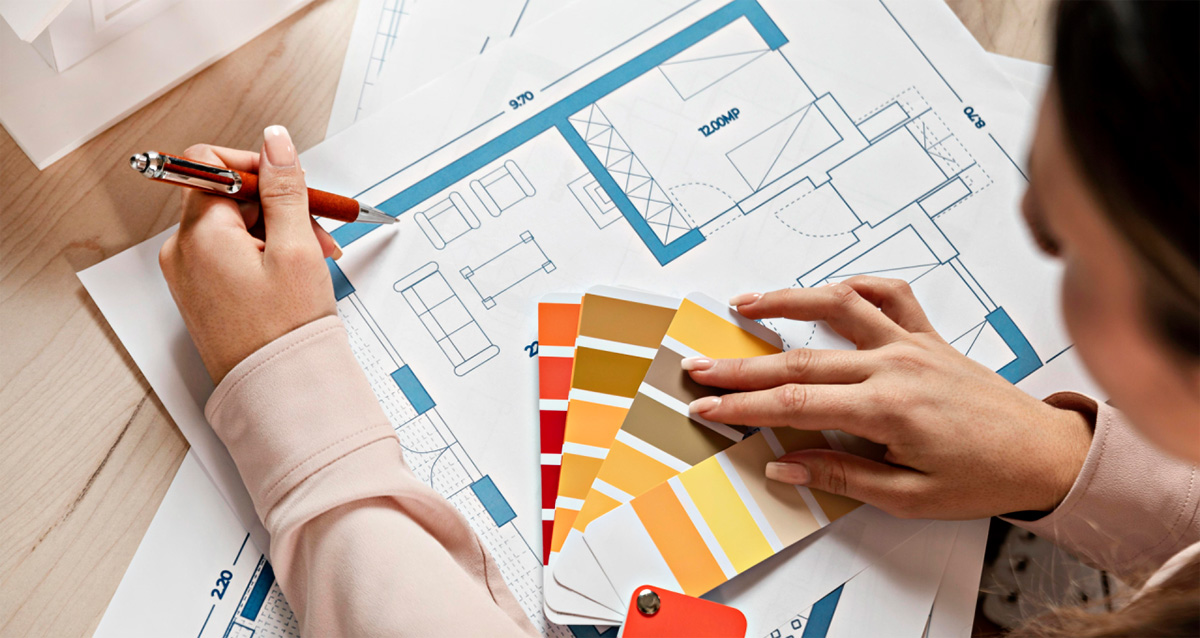
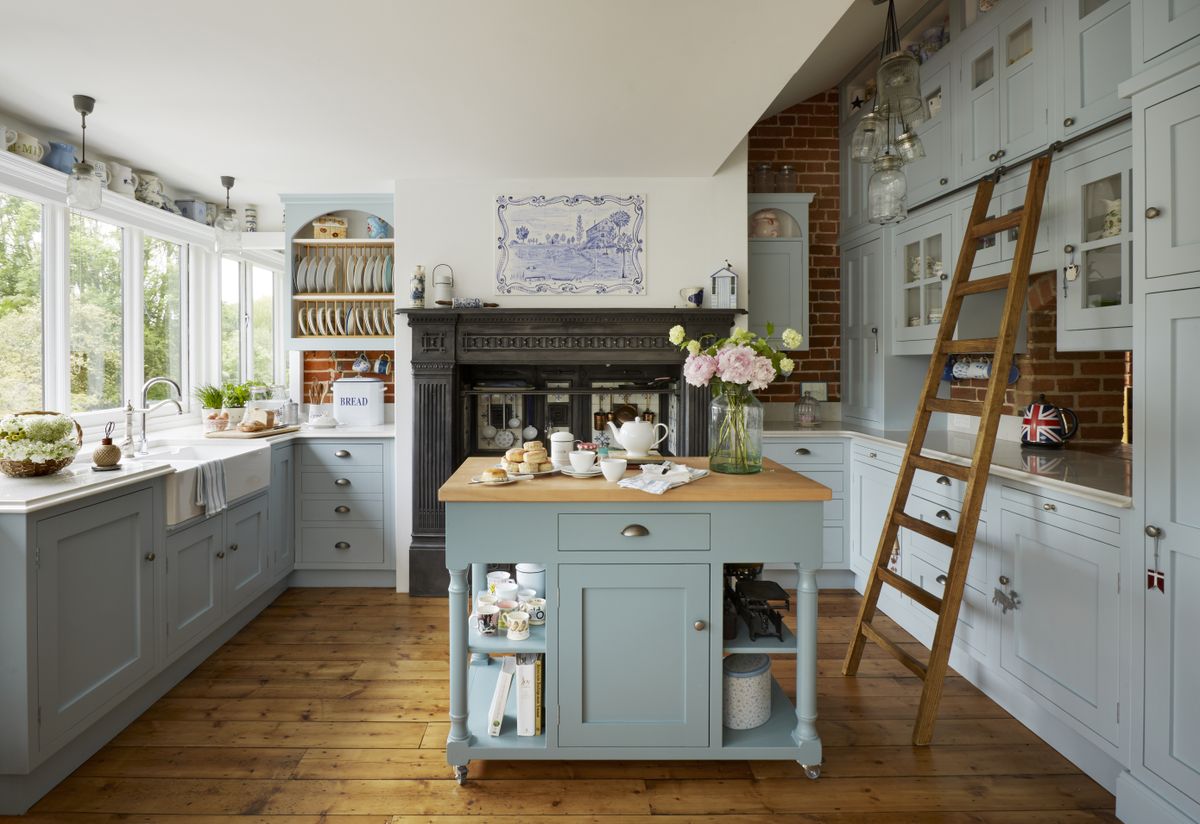



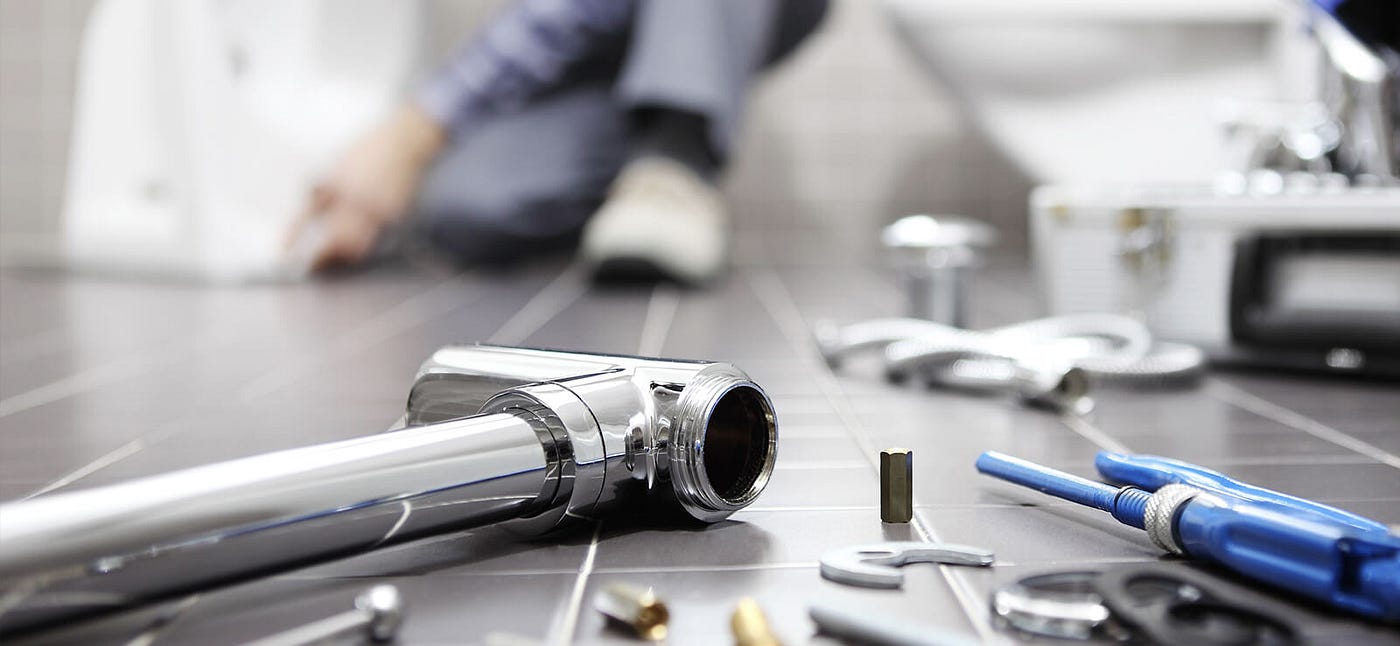
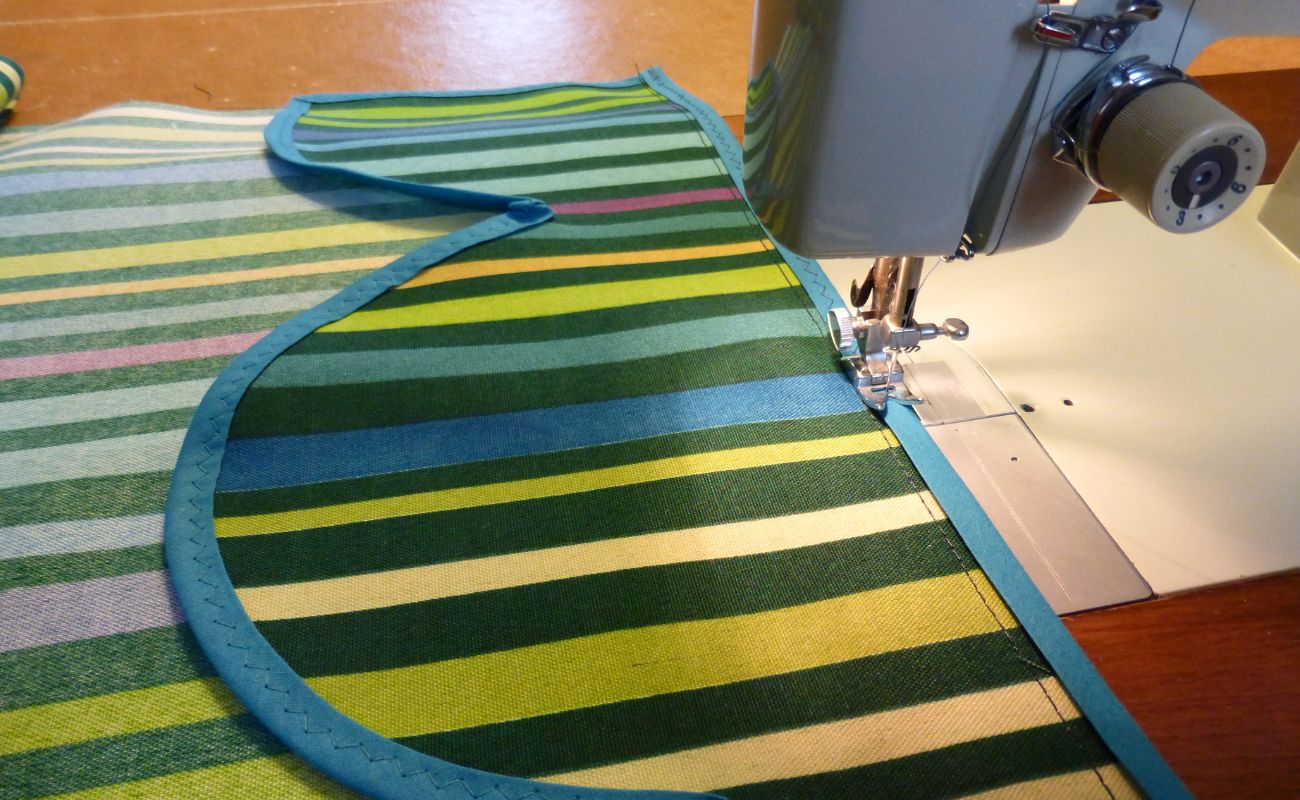
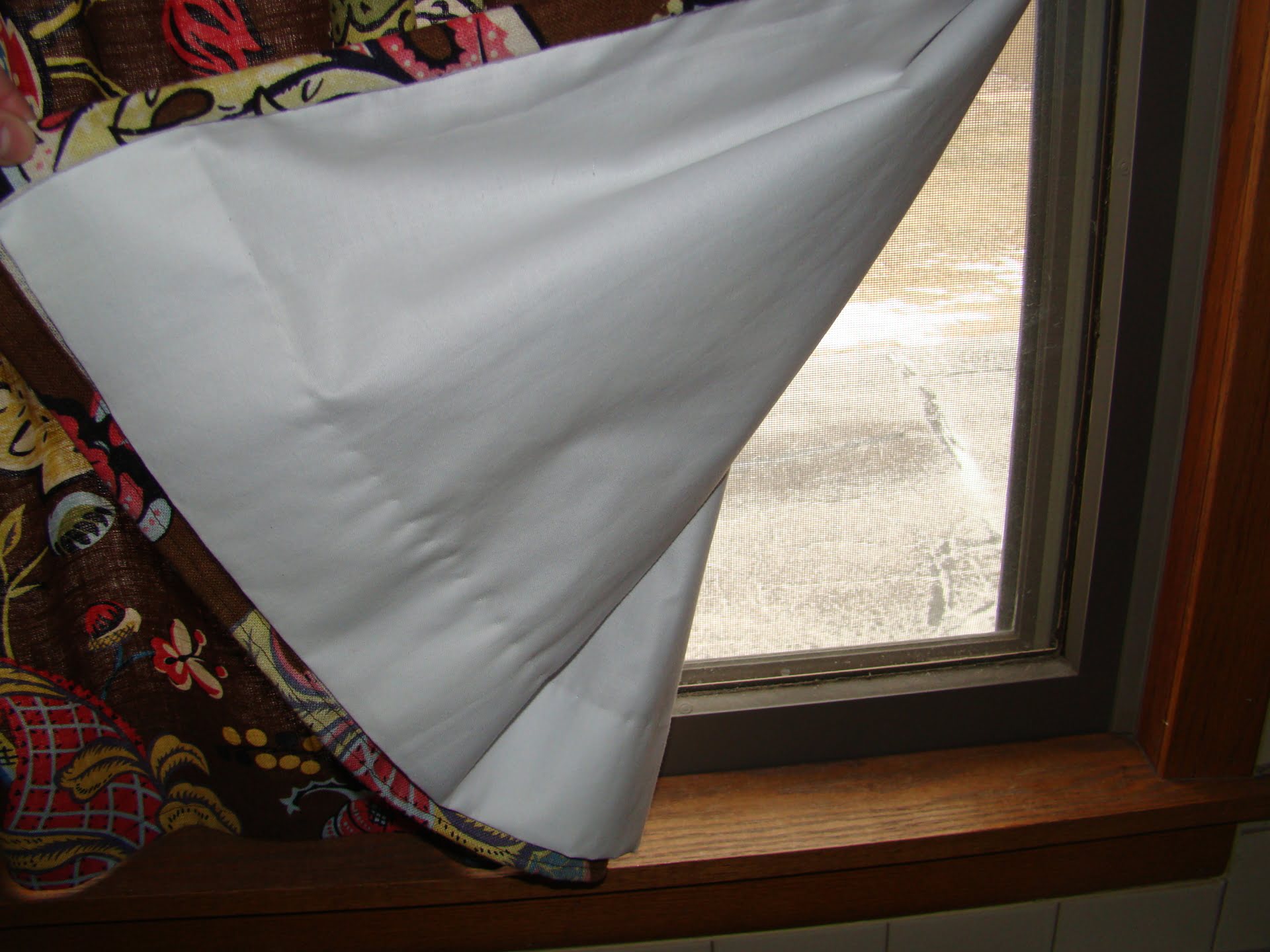
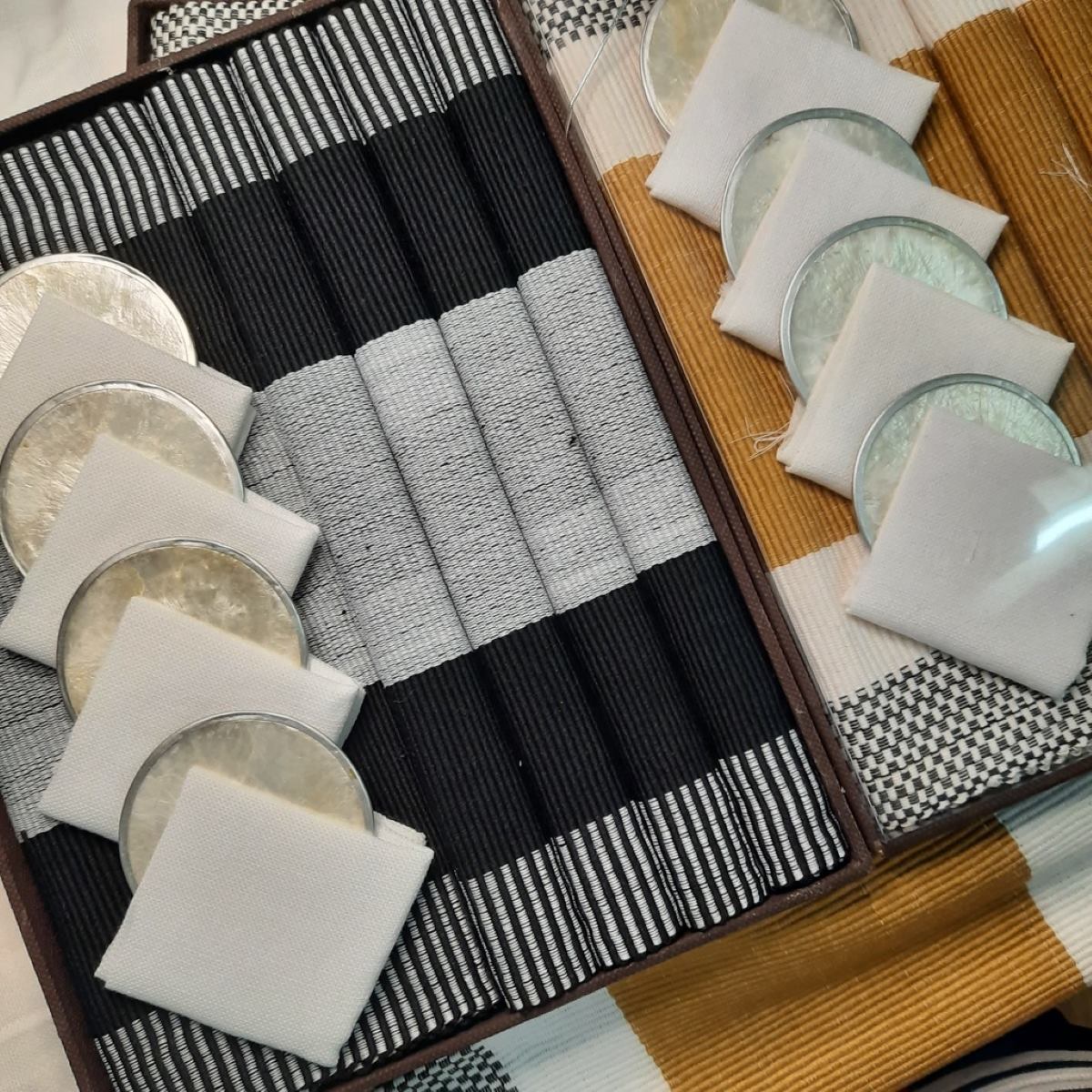
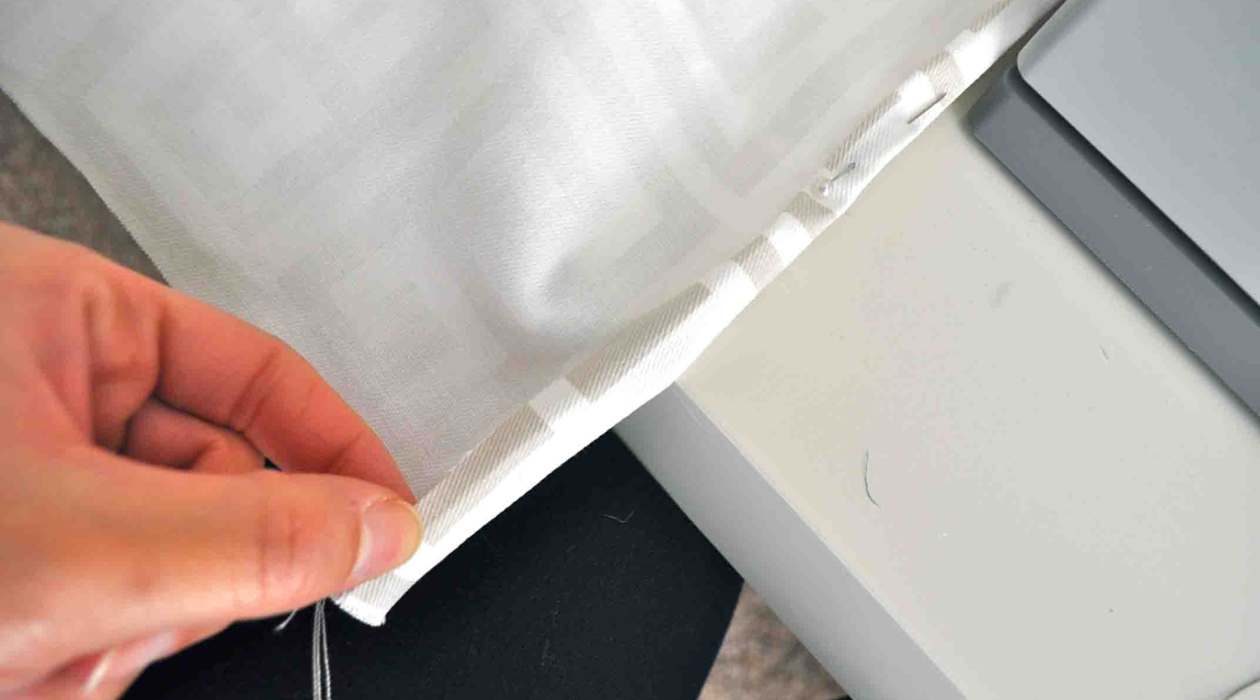


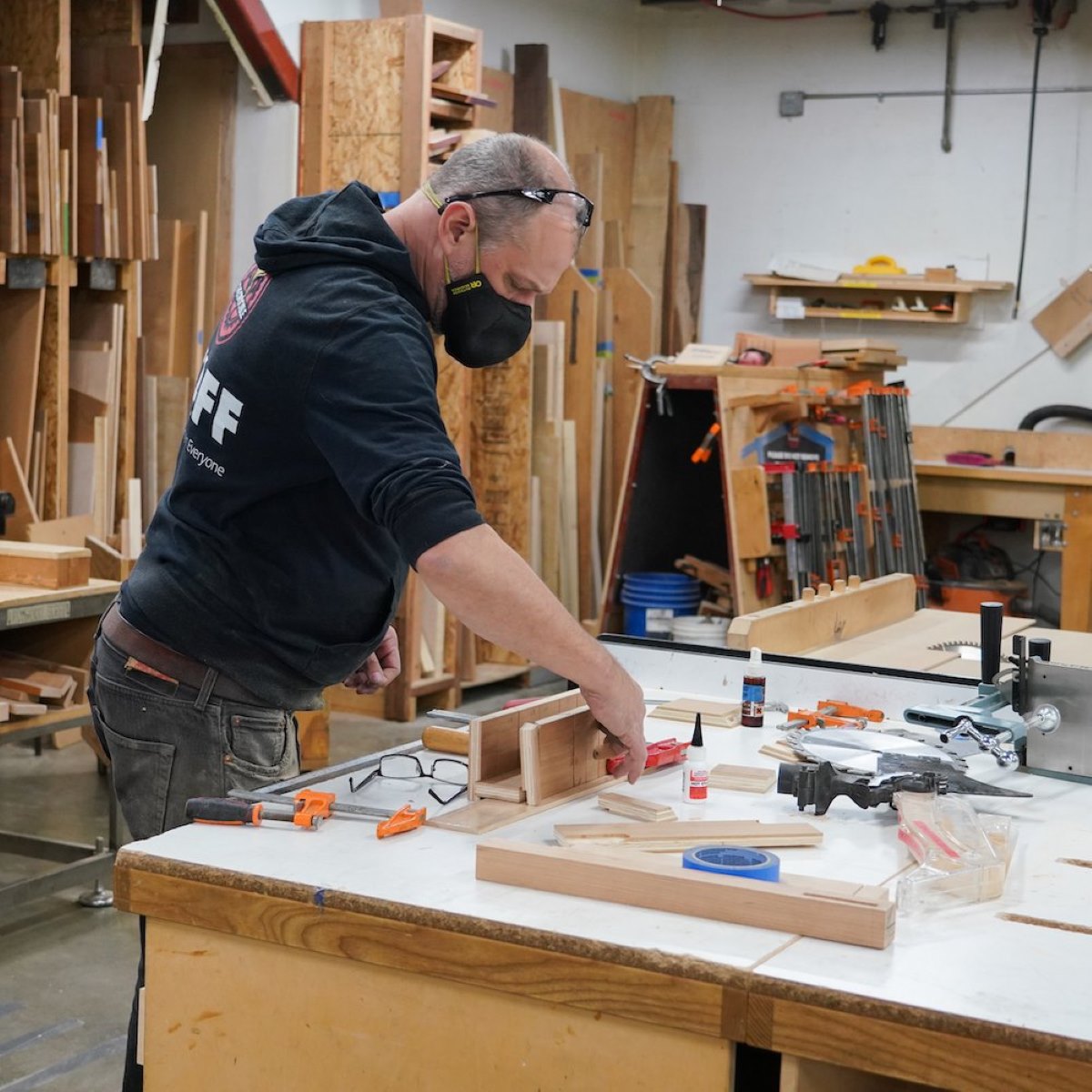

0 thoughts on “Learning How To Sew Home Decor Items”